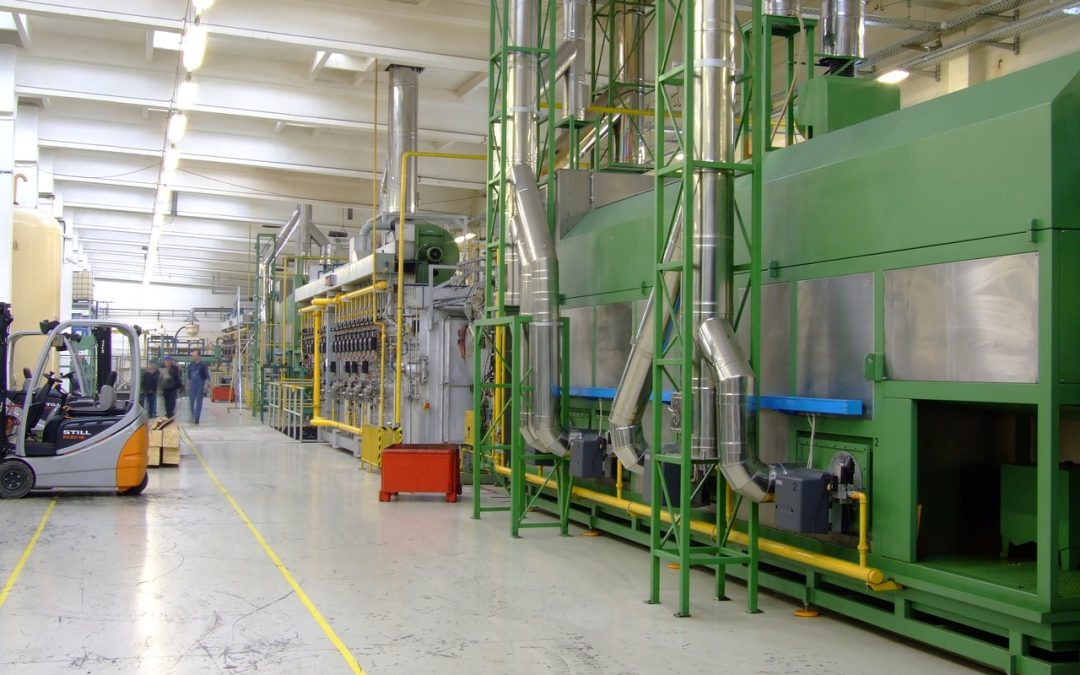Composite materials are used across many industries. They are found in cars, planes, boats, sports gear and even buildings. These materials are strong and lightweight; however, working with them creates fine dust that can be harmful to both people and the environment.
That is why dust control is important in composite material production to keep your workspace safe and compliant.
What Are Composite Materials
A composite material is a combination of two or more materials with different properties. When combined, they create a material specialised for a certain job, for example, to become stronger, more durable or resistant to heat/electricity.
The reason for their use over traditional materials is that they improve the properties of their base materials and are very versatile in their applications.
Common examples include:
- Fibreglass: used in boats, cars and pipes
- Carbon fibre: used in bikes, planes and sporting equipment
- Resin-based plastics: used in furniture, panels and more
These materials are often cut, drilled, or sanded during production, creating fine dust particles that float in the air and can be easily inhaled.
Why Is Dust Dangerous?
When composite materials are processed, they release dust from fibres, resins and fillers. This dust can cause health problems if it is not properly controlled.
Some of the risks include:
- Breathing problems: Dust can irritate the lungs and lead to asthma, chronic cough or even long-term lung damage.
- Skin and eye irritation: Fine fibres can cause itching, rashes, or sore eyes.
- Fire or explosion: Dust in the air can sometimes catch fire or even explode in the right conditions.
- Environmental harm: Dust can settle in nearby areas and affect the local environment.
The Health and Safety Executive (HSE) reports that long-term exposure to harmful substances like dust in the workplace can cause thousands of illnesses each year. Occupational lung disease leads to an estimated 12,000 deaths each year and 400,000 working days lost in Great Britain.
Legal Requirements for Dust Control
In the UK, employers are required by law to control exposure to dust. The Control of Substances Hazardous to Health (COSHH) regulations set clear rules.
Employers must:
- Assess the risks of dust exposure
- Put in place control measures, such as LEV Systems
- Test and maintain equipment regularly to ensure compliance
- Provide training and protective equipment
Failure to do this can lead to fines or even legal action, but more importantly, it puts workers at serious risk.
How LEV Helps with Dust Control
Local Exhaust Ventilation (LEV) is one of the most effective ways to control dust. LEV systems work by:
- Collecting the air that contains the contaminants
- Making sure they are contained and taken away from people’s breathing zones
- Clean the air (if necessary) and get rid of the contaminants safely
By installing a LEV system, you reduce airborne dust and help to protect your team from breathing in harmful dust from materials. This is especially important in workshops, factories and other areas where composite materials are produced and used daily.
Benefits of Effective Dust Control In Composite Material Production
Using effective dust control in composite material production brings many benefits to your business:
- Protects Worker Health: Your team is your most valuable asset. Through reducing dust exposure, you help protect their health, comfort and long-term wellbeing
- Improves Workplace Safety: Controlling dust lowers the risks of accidents such as fires, explosions and equipment failure.
- Keeps You Compliant: Staying within COSHH and HSE guidelines avoids fines and shows your business takes safety seriously
- Boosts Productivity: When staff feel safe and healthy, they work better. This can also help your employees perceive your business as caring for their well-being. Cleaner air also helps to protect tools and equipment from damage caused by dust buildup.
What to Look For in a Dust Control System
When choosing a dust control solution, you should consider the following:
Choose a Trusted LEV Provider
Hiring a trusted LEV provider to carry out the design, installation, maintenance and testing of the LEV system.
They Provide Custom Solutions
They advise and provide custom solutions that are designed for your business’s materials, layout and processes.
Regular Servicing and Testing
They carry out regular servicing and testing to keep your system safe and working at its best.
Training and Support
They provide training and support in order to help your team understand and use the system correctly.
At Vent-Tech, we provide all of this and more. With over 20 years of expertise in all things LEV systems, we can help you meet legal standards and protect your staff, whether you are starting fresh with a new system or upgrading your existing one.
Dust control in composite material production is not something to ignore. It is key to keeping your workers healthy, your site safe, and your business running smoothly. Through using a LEV system and following legal guidance, your business shows a clear commitment to workplace safety and environmental care.
Need help with dust control? Contact Vent-Tech today for expert advice, LEV installation or system testing.


